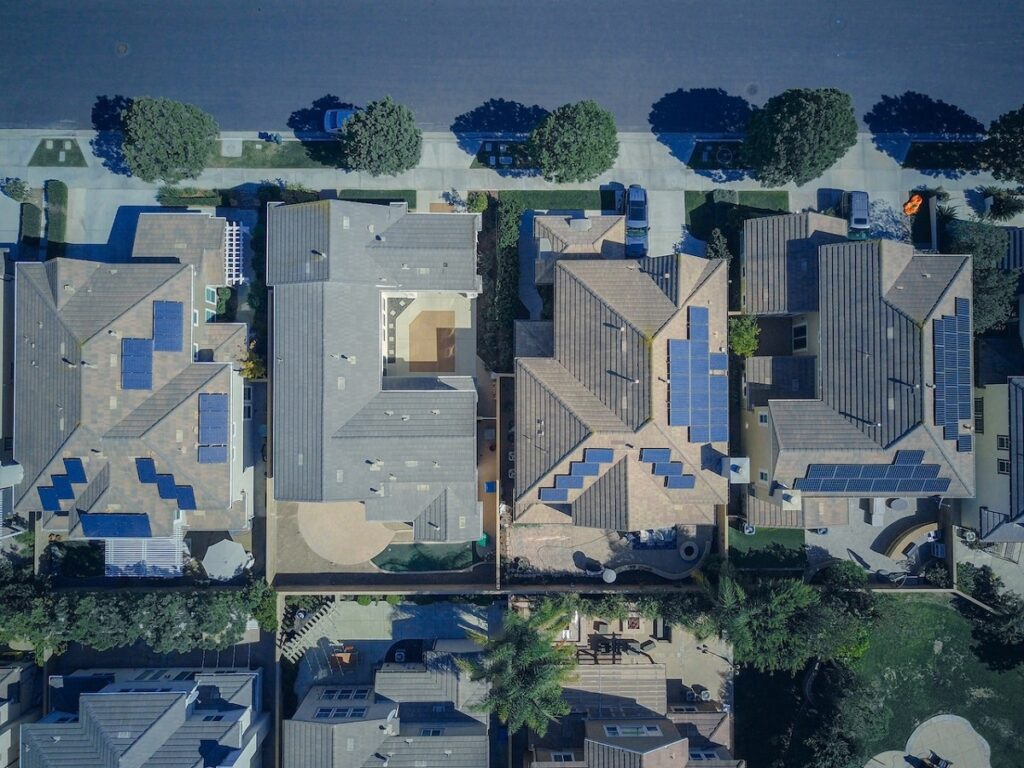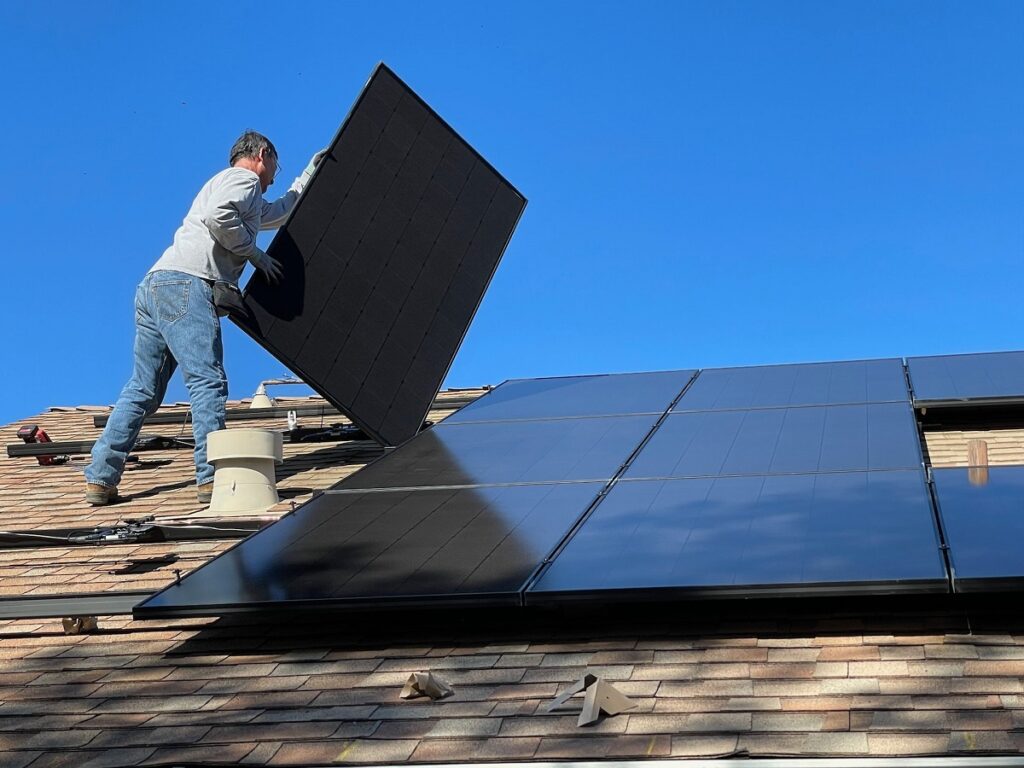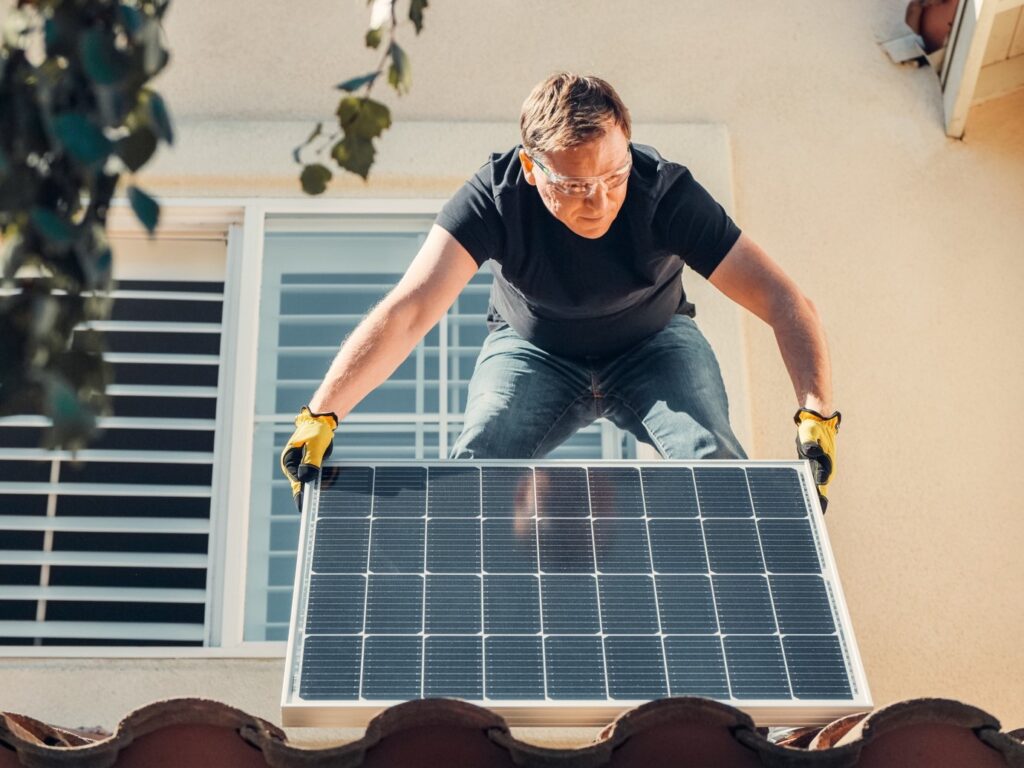Tonga is in bid to shift to 100% renewables. The tiny Polynesian Kingdom of Tonga has taken centre stage at the opening of this years UN Climate Change Conference, revealing plans to install rooftop solar at its Royal Palace, as the latest of its efforts to combat climate change.
Panels on Saint George Palace
Tonga, which has a renewable energy target of 50 per cent renewable energy by 2020 – more than double that of Australia – announced the installation of PV panels on the Saint George Palace on the first day of the COP23, as part of the Solar Head of State program.
The project, which will make the Tongan King the world’s first solar powered monarch, follows closely on the heels of the commissioning of a 2MW solar array , in October – Tonga’s largest solar facility yet.
2,828,840kWh of electricity in the first year
The Matatoa Solar Farm — which was built and is operated by Zhuhai Singyes Green Building Technology — is expected to produce over 2,828,840kWh of electricity over its first year of operation, and save Tonga 680,000 litres of diesel.
Indeed, this plant alone is expected to add another 5 per cent towards meeting the nation’s renewable energy target.
The PV installation at the King’s official residence, meanwhile, is intended mostly to be symbolic of the “wider leadership” small island states are showing on renewables.
It is also intended as a “physical embodiment of Pacific politician’s commitment to fighting climate change,” a media statement from the Solar Head of State said on Monday.
Hopefully, this will not be lost on the Australian delegation at COP23, which is being led by federal energy and environment minister Josh Frydenberg.
Frydenberg – who, as we know, has not installed solar on his own family residence – has most recently spent his time in the federal parliament crowing about how his government’s proposed National Energy Guarantee will keep coal-fired power in Australia’s electricity mix for longer, and at levels between 64-72 per cent by 2030.
Climate change literally, lapping at island nation feet
Of course, for the island nations and archipelagos that dot the Pacific, the threat of climate change is, literally, lapping at their feet, and cannot be ignored or questioned as it continues to be in Australia.
“Our intent is to demonstrate that Tonga is serious when it comes to climate and energy,” said Paula M’au, the leader of the Tongan delegation at COP23, on Monday.
“While we need a few more years to roll out renewable energy across the islands, this installation will be a mark of our greater ambition to decarbonise our economy,” she said.
And Tonga is not alone in its ambition on renewables.
In 2012, the Pacific nation of Tokelau became the world’s first country to be 100 per cent solar powered, through a pioneering project to replace its diesel-based grid with a mix of large-scale solar and storage.
And there will be plenty more like Tokelau. As we reported here, as at August 2016, there were nine Pacific Island Nations with higher RETs than Australia – four of them 100 per cent and one 90 per cent. Two were equal to Australia’s, although considering one of those was being undertaken alongside a goal of 95 per cent electricity access (Republic of Marshall Islands) we counted that as more ambitious than Australia.
Source: Sophie Vorrath


